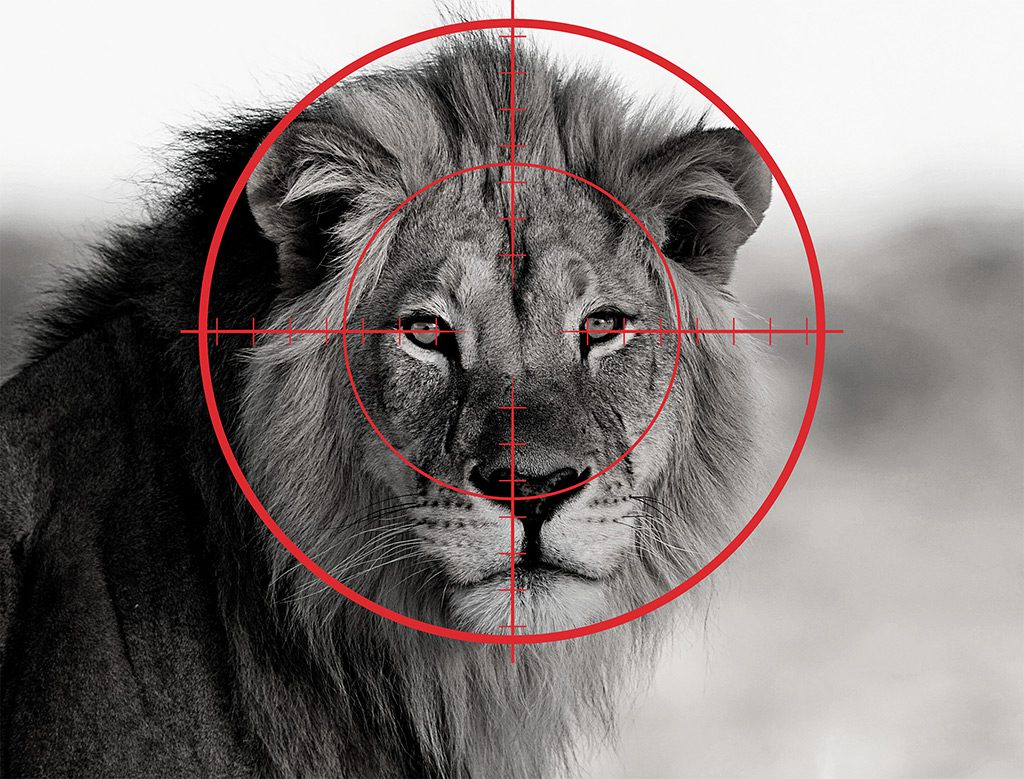Africa’s lion populations have drastically declined due to habitat loss, poaching, and human-wildlife conflict. Conservation efforts, such as those by the African Lion Safari and the Lion Recovery Fund, aim to protect and increase lion populations. Captive breeding programs have also been established to reintroduce lions into the wild. Ecotourism and community involvement play a significant role in lion conservation. Despite the challenges, collaborative efforts between conservation organizations, governments, and local communities offer hope for the future of Africa’s lions. It is crucial to support these efforts to ensure the survival of these iconic animals and maintain the continent’s rich biodiversity.
I. Introduction
Africa is known for its majestic wildlife, from elephants to giraffes to rhinoceroses. However, one of the most iconic and revered animals in Africa is the lion. These big cats have captured the hearts of people around the world with their strength, beauty, and power.play a crucial role in the ecosystem as top predators. Unfortunately, due to habitat loss, poaching, and human-wildlife conflict, lion populations have been steadily declining over the years. In response to this crisis, in the conservation community has stepped up efforts to save Africa’s remaining lions.
II. The Decline of Lion Populations
Lions were once abundant throughout Africa, with an estimated 200,000 individuals roaming the savannas and grasslands. However, today, the African lion population is estimated to be around 20,000-30,000 individuals. The decline in lion populations can be attributed to a variety of factors, including habitat destruction, loss of prey, and conflict with humans.
III. Conservation Efforts
Fortunately, there are numerous organizations and initiatives dedicated to conserving Africa’s lion populations. One such organization is the African Lion Safari, which works to protect lions in the wild and educate the public about the importance of conservation. Another organization, the Lion Recovery Fund, raises funds to support projects that help conserve lions and their habitats.
IV. Captive Breeding Programs
In addition to efforts to protect lions in the wild, there are P organization have also established captive breeding programs. These programs aim to breed lions in captivity and eventually reintroduce them into the wild. While controversial, captive breeding programs have been successful in increasing lion populations in certain areas.
V. Ecotourism and Community Involvement
Ecotourism has also played a significant role in lion conservation efforts. Many safari lodges and tour operators work closely with local communities to promote responsible tourism and support conservation initiatives. By involving local communities in conservation efforts, ecotourism can help incentivize the protection of lions and other wildlife.
VI. The Future of Africa’s Lions
Whilewe Despite the numerous challenges facing Africa’s lions, there is hope for their future. Through collaborative efforts between conservation organizations, governments, and local communities, we can work together to protect these iconic animals for generations to come.
VII. Conclusion
Africa’s lions are a symbol of the continent’s wild beauty and a keystone species in the ecosystem. It is essential that we continue to support conservation efforts and work towards ensuring the survival of these magnificent big cats. By coming together and taking action now, we can help secure a future for Africa’s lions and preserve the rich biodiversity of the continent.
